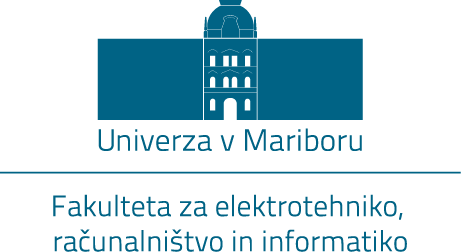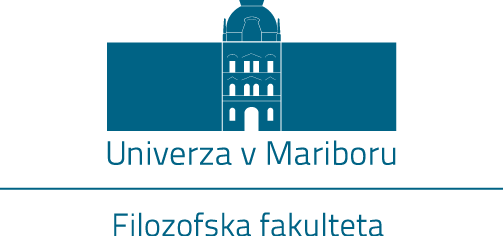The Monument to Emperor Joseph II
Town Park (until 1918)
Richard Kauffungen
1882
The monument to Emperor Joseph II in Maribor was unveiled on 8 September 1882. The cast iron statue made after the model of sculptor Richard Kauffungen was cast in Salm's ironworks in Blansko in Moravia. Othmar Reiser, a lawyer living in Vienna, donated the statue to his birth town. The statue was removed after the First World War.
Othmar Resier, a lawyer who was living in Vienna and was the cousin of the then mayor of Maribor, Matthäus Reiser, donated the cast iron monument of Emperor Joseph II (1780-1790) to the city of Maribor. These types of monuments were raised in the Austro-Hungarian Empire to mark the 100th anniversary of the emperor taking the throne and of the publishing of the Patent of Toleration, especially in nationally inhomogeneous areas of Bohemia, Moravia, Silesia and Lower Styria. The raising of monuments of Emperor Joseph II in the early 1880s formed part of the political manifestations of the German-national and liberal circles, who used these monuments to honour Joseph II as the great reformer and Germanizer. During the time of national disputes, Emperor Joseph II was (unjustifiably) stylized into the symbol of the Golden Age of the German supremacy in the Empire. His monuments were placed in town squares and parks. Approximately one hundred monuments to Joseph II were erected in Bohemia, Moravia, Silesia and Lower Styria, and were all cast based on the same model. The monuments were usually donated by individuals and societies, while sometimes municipalities raised funds for them (also in Celje and Ptuj). For a reasonable price it was possible to order a monument based on a model by Viennese sculptor Richard Kauffungen with a cast iron pedestal from the catalogue of Salm's ironworks in Blansko in Moravia. The standing emperor held in his left hand a document with the inscription "Abolition of serfdom".
The monument was unveiled in Maribor on 8 September 1882 in the older part of the park, which was revamped with the efforts of the mayor Reiser. Newspaper articles that describe the unveiling of the statue clearly express the national disputes caused and reinforced by the monument. It is not surprising that the monument was removed after the end of the First World War, since it held special meaning for Germans in Maribor. The portrait was first relocated to the city museum, and then in 1929, it was sold for scrap iron.
Polona Vidmar
(20 May 2014)










